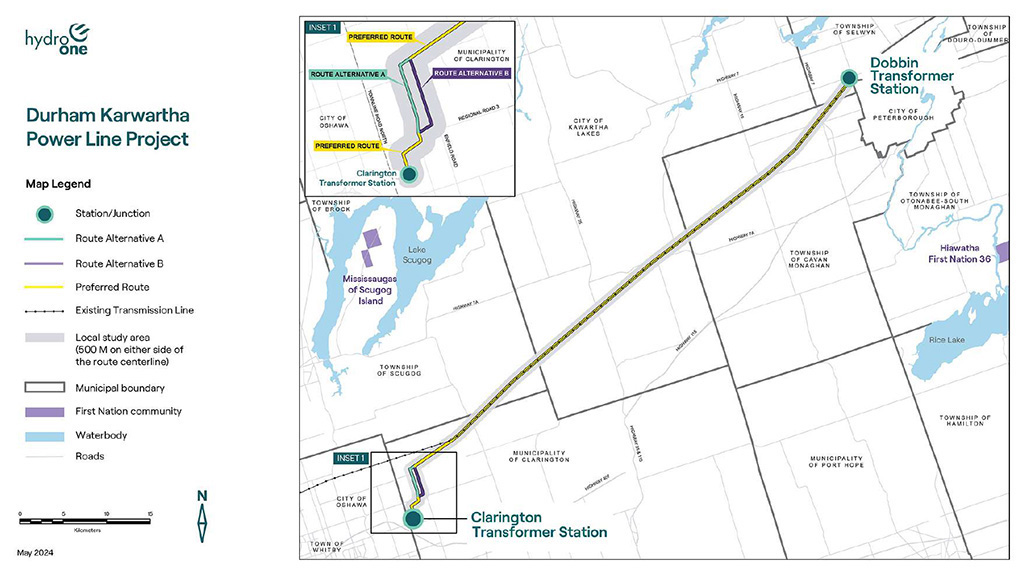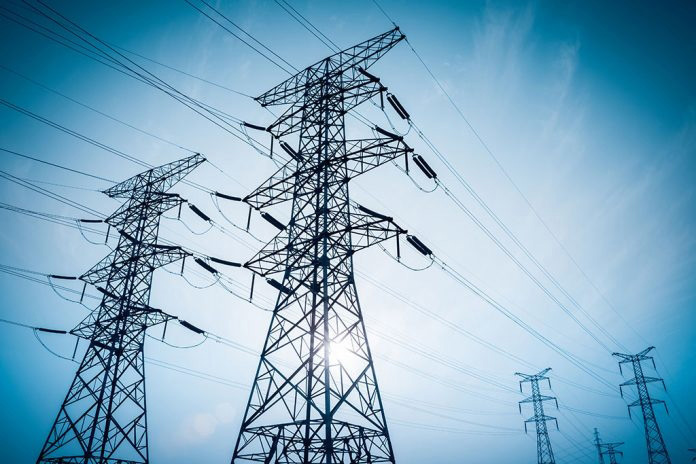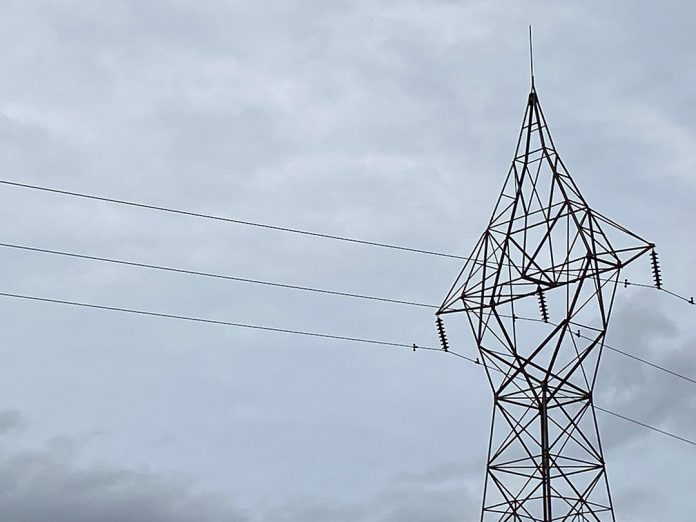As Ontario’s population grows, so too does the need for improved infrastructure to support it.
With a projected population increase of up to 61.7 per cent by 2051, according to the provincial government, the demand for new or upgraded infrastructure continues to grow.
Announced in June 2024, the Durham-Kawartha Power Line Project aims to improve Peterborough’s energy supply by constructing a double-circuit, 230-kilovolt transmission line stretching 55 kilometres from the Clarington Transformer Station in Hampton to the Dobbin Transformer Station in Peterborough.
Construction of the line is expected to begin in 2027 and be completed by 2029.

Hydro One spokesperson Sonny Karunakaran said that alternate routes near the Clarington Transformer Station were created due to environmental concerns.
One of these routes, “Route B,” was ultimately selected because it will minimize vegetation removal and impacts on wildlife habitats. It is also a shorter route, thereby reducing costs and construction timelines.
Clarington mayor Adrian Foster stressed the need for the new line. “With population growth, improvements to the energy grid are important to meet future electricity demands,” he said.
He added that he is pleased that the project will use existing transmission corridors for most of the route. “This will help minimize the disruptions for Clarington residents,” Foster said.
Peterborough mayor Jeff Leal declined The Chronicle’s request for comment.

Foster also noted that, “there has been significant engagement with Indigenous communities, residents, municipalities and stakeholders to gather feedback that guided Hydro One’s project planning.”
In interviews with Global News, both Hiawatha First Nation Chief Laurie Carr and Mississaugas of Scugog Island First Nation Chief Kelly LaRocca said they were “excited to partner with Hydro One on this project.”
According to Global News, Hydro One is offering area First Nations a “50 per cent equity stake” in the transmission line component of the project.
During a community engagement event on March 18, 2025 at the Solina Community Hall, staff appeared to be excited about the project, showing visitors the different information boards and large-scale map of the route.
Later this year, Hydro One will draft an Environmental Study Report that will detail the findings from its environmental assessment. After 30 days of public input, the report will be submitted and design work can be finalized.
“We are really grateful to all the members of the public, the Indigenous communities, municipalities and industry bodies that have been engaging with us proactively on this project,” Karunakaran said.




